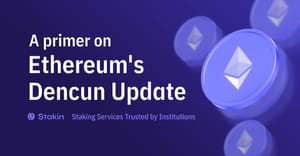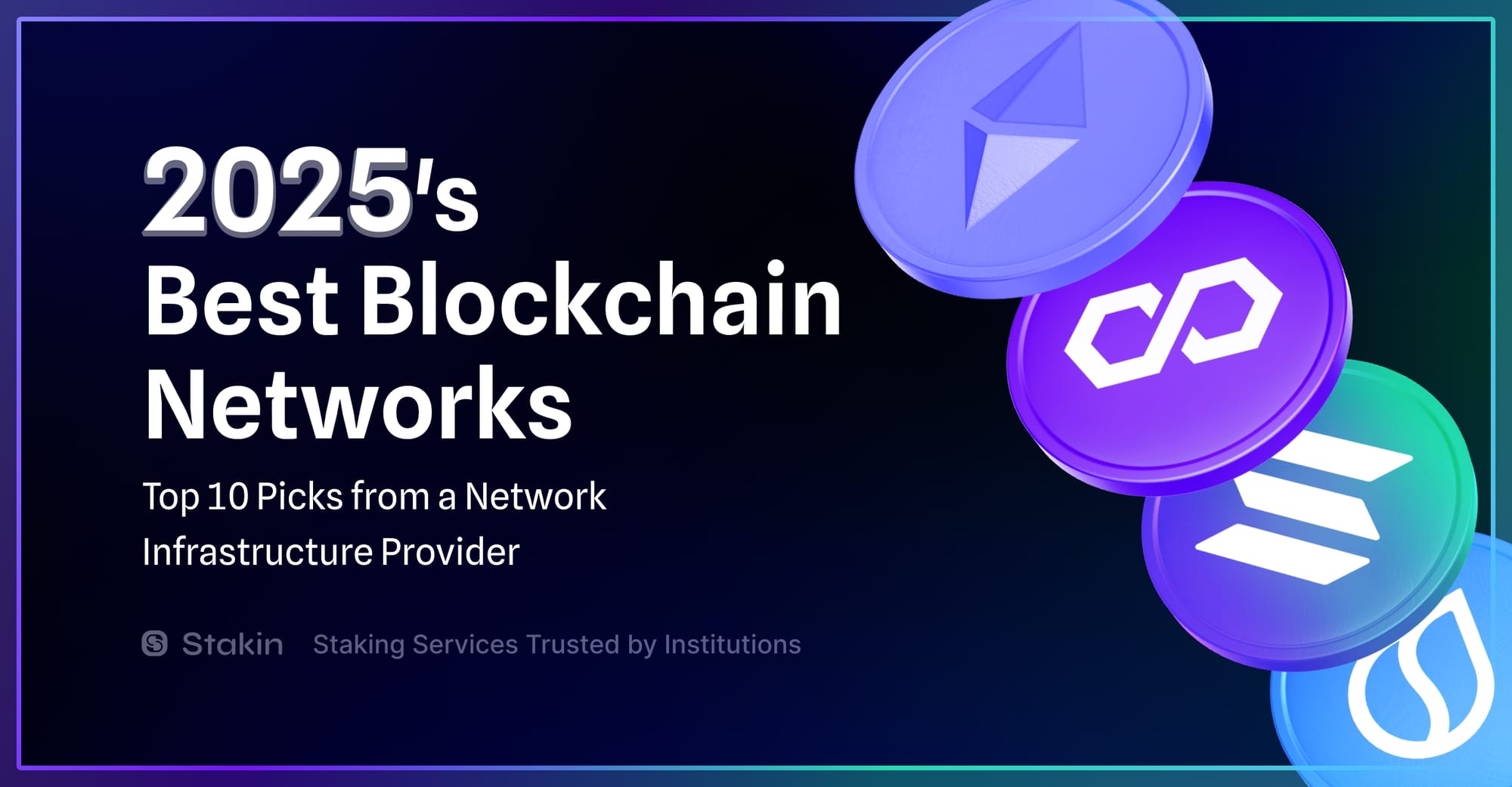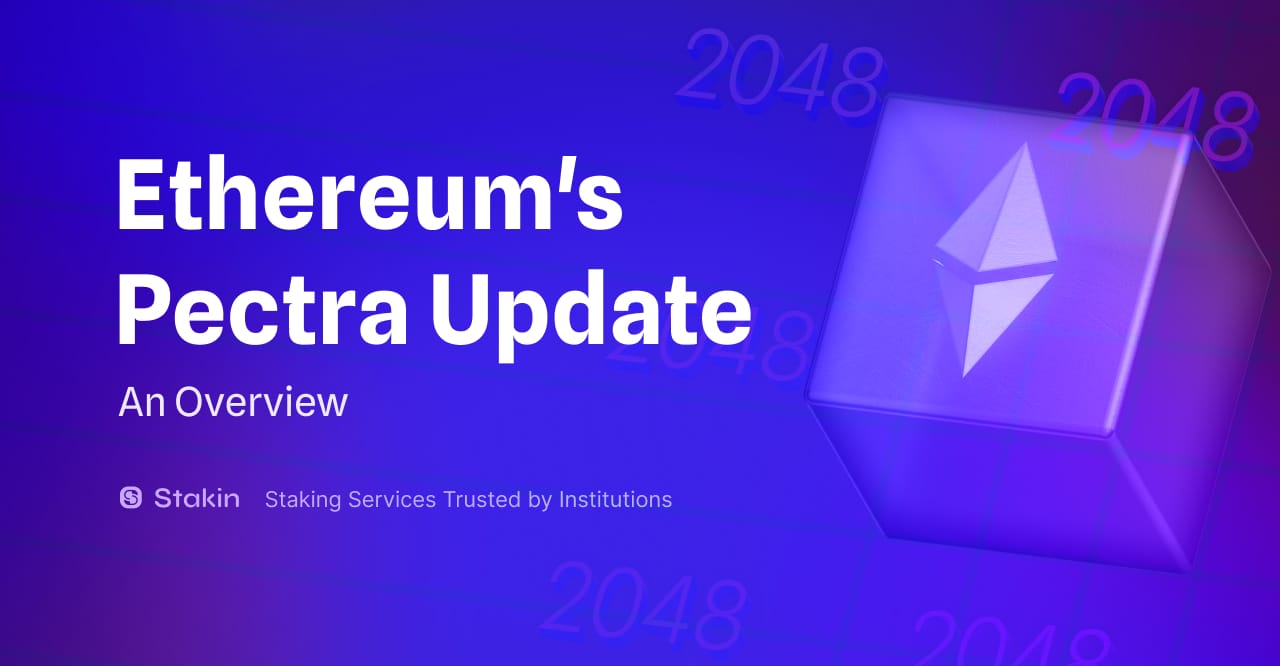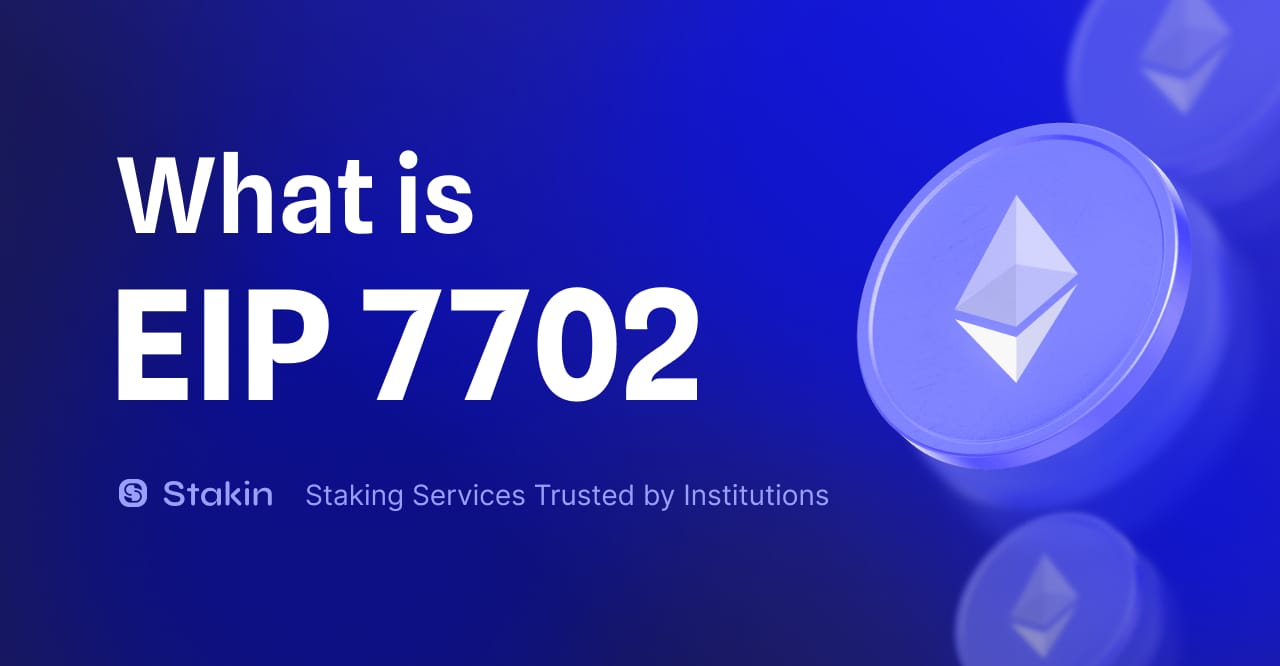One of the significant obstacles to the usability of blockchain-based networks lies around block space.
Ethereum's Cancun-Deneb (Dencun) upgrade is a viable solution to address the limited blockspace and high transaction fee issues around Ethereum. Let's explore what the upgrade will bring in terms of scalability for Ethereum.
Current challenges around blockspace and scalability on Ethereum
We've heard the term scalability before, meaning to denote blockspace. Let's explore the difference between the two terms and what they mean.
Blockspace refers to the available capacity within each blockchain block for recording transactions. A blockchain comprises individual blocks linked to form a continuous ledger. Each block contains a set of transactions validated by network participants, such as validators, in the case of Ethereum.

Thus, blockspace is important to grasp because it determines how many transactions can be included in a block and, by extension, how quickly the network can process transactions. A block's size is limited, meaning a finite amount of blockspace is available for transactions in each block. This limitation can lead to competition among users who want their transactions included in the next block, especially during network congestion.
Users may pay transaction fees to incentivize validators to include their transactions in a block. When demand for blockspace exceeds supply, transaction fees can skyrocket as users compete to process their transactions more quickly. This dynamic is critical in the scalability, efficiency, and cost of using a blockchain network.
Blockchains with smaller block sizes and longer block times can handle fewer transactions per second, leading to potential bottlenecks and higher fees. Conversely, blockchains that increase block size or reduce block time aim to accommodate more transactions, potentially improving scalability and reducing costs.
Let's learn more about how Ethereum is shifting this model to a more transient approach.
Bringing Transient Data Availability to Ethereum
Having a transaction fee that costs half the value you're trying to move/acquire isn't an economically viable model. To remedy this, we've seen many L2 solutions come up that essentially represent different locations for these types of transactions to happen. The main benefit of this approach is that these transactions are anchored back to Ethereum, thus inheriting the same security as the Ethereum network.
This approach has helped move more activity off the main Ethereum network, offer lower costs to users, and, in turn, decongest the Ethereum network. The problem that arises here, however, lies around the storage of that data, which is anchored to Ethereum. In the current approach, L2s take all transaction data, compress it, and put a Proof of it on Ethereum's L1.
Ethereum's Dencun upgrade adds a new type of storage enhancement to the Ethereum L1, which is more transient by nature. The example above shows data stored forever. This is not necessarily needed, and an adjustment in its storage can be made to as little as a few weeks.
With enhancements to Ethereum's storage model from EIP-1153, TLOAD, and TSTORE, two new options for handling temporary transaction data have been introduced. Similar to the existing SLOAD and SSTORE methods, these new options automatically delete the data after each transaction, offering a faster and more cost-effective solution.
Introduction of Blob Space to Ethereum
The headlining feature of Dencun revolves around EIP-4844, also commonly referred to as 'proto-danksharding.' This EIP introduces blob space to Ethereum, a pure data availability space where rollups can post the data they need to gain Ethereum's security properties.
This new feature separates the data rollups needed and shared from other transactions occurring on the Ethereum L1, eliminating the competition for blockspace on the main Ethereum network. In turn, this helps enable rollup transactions to be cheaper and more economically viable.
Specifically, EIP-4844 introduces a new type of data to the Ethereum network called "blobs." Blobs are large chunks of data that can be processed more efficiently than current Ethereum transactions. Ethereum can handle more data without increasing fees or slowing down the network by enabling these blobs to be included in transactions at a lower cost.
Think of blobs as buses that can carry many passengers (data) at once. By using the bus lanes (the new blob transactions), Ethereum can transport more people (data) around the city (network) quickly and efficiently. This approach doesn't just add more lanes to the road; it optimizes traffic flow, making the existing infrastructure work smarter, not harder.
What Else is Featured Within Dencun?
We've already covered two of the nine EIPs featured within the Dencun upgrade; let's dive into each of the other EIPs and discuss what they offer for Ethereum.
- EIP-4788: Beacon block root in the EVM
- EIP-5656: MCOPY — Memory copying instruction
- EIP-6780: SELFDESTRUCT only in same transaction
- EIP-7044: Perpetually Valid Signed Voluntary Exits
- EIP-7045: Increase Max Attestation Inclusion Slot
- EIP-7514: Add Max Epoch Churn Limit
- EIP-7516: BLOBBASEFEE opcode
EIP-4788 enhances the integration of Ethereum's mainnet with the Beacon chain, facilitating direct validation of Beacon chain blocks on the mainnet. Embedding Beacon chain block information into the mainnet enables applications to verify these blocks' legitimacy directly on the Ethereum blockchain, thus bridging the execution and consensus layers more efficiently.
EIP-5656 introduces MCOPY, a more efficient data copying method within the Ethereum Virtual Machine (EVM). It is designed to be simpler and less costly than existing methods, making it particularly beneficial for complex applications and tools. This enhancement aims to improve the overall performance and developer experience on the Ethereum blockchain.
EIP-6780 limits the "SELFDESTRUCT" function in smart contracts, allowing it only if the self-destruction occurs in the same transaction as the contract's creation. In all other cases, a contract can transfer its funds but will remain active. This marks a significant shift from its previous capabilities, to streamline and enhance contract security and integrity on the blockchain.
EIP-7044 proposes making signed voluntary exits from Ethereum validators perpetually valid, eliminating the current limitation where they're only valid for up to two upgrades. This change simplifies staking operations, especially where the staking operator and the owner of the funds are distinct entities.
EIP-7045 extends the time validators have to confirm transactions by offering a broader timeframe for submitting their votes on Beacon Chain blocks. This facilitates the inclusion of more transactions within each block, ensuring a smoother transaction processing experience.
EIP-7514 proposes to cap the maximum validator churn per epoch, transitioning from an exponential to a linear increase in validator growth. This aims to mitigate the negative impacts of rapid total ETH staking increases, allowing more time for comprehensive solutions by slowing growth.
EIP-7516 adds a new tool to allow contracts to access data gas fee information on the Beacon chain. This feature can be leveraged for various applications, including developing contracts that adapt based on gas-flow fluctuations, enhancing their efficiency and responsiveness to network fee changes.
Final Thoughts
The Dencun upgrade for Ethereum is promising because, in effect, it gives Ethereum a turbocharged engine and a sleeker design. It introduces novel solutions for data handling, streamlines the departure and integration of network participants, and enhances Ethereum's ability to process transactions more quickly and securely. By integrating novel mechanisms such as proto-danksharding and new operational commands, Ethereum is not just growing; it's evolving into a more adaptable, robust platform ready to meet the growing needs of users and developers.



